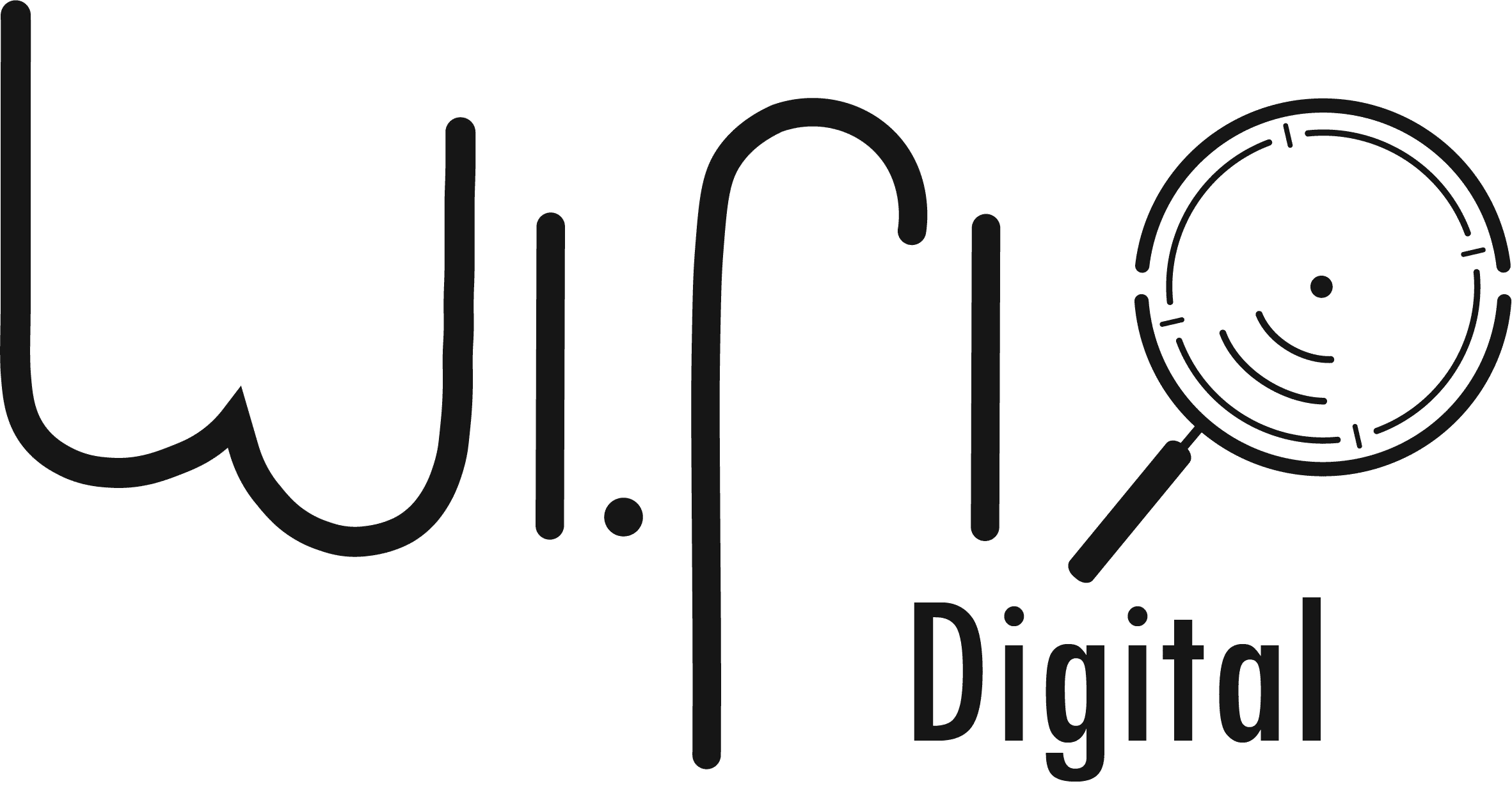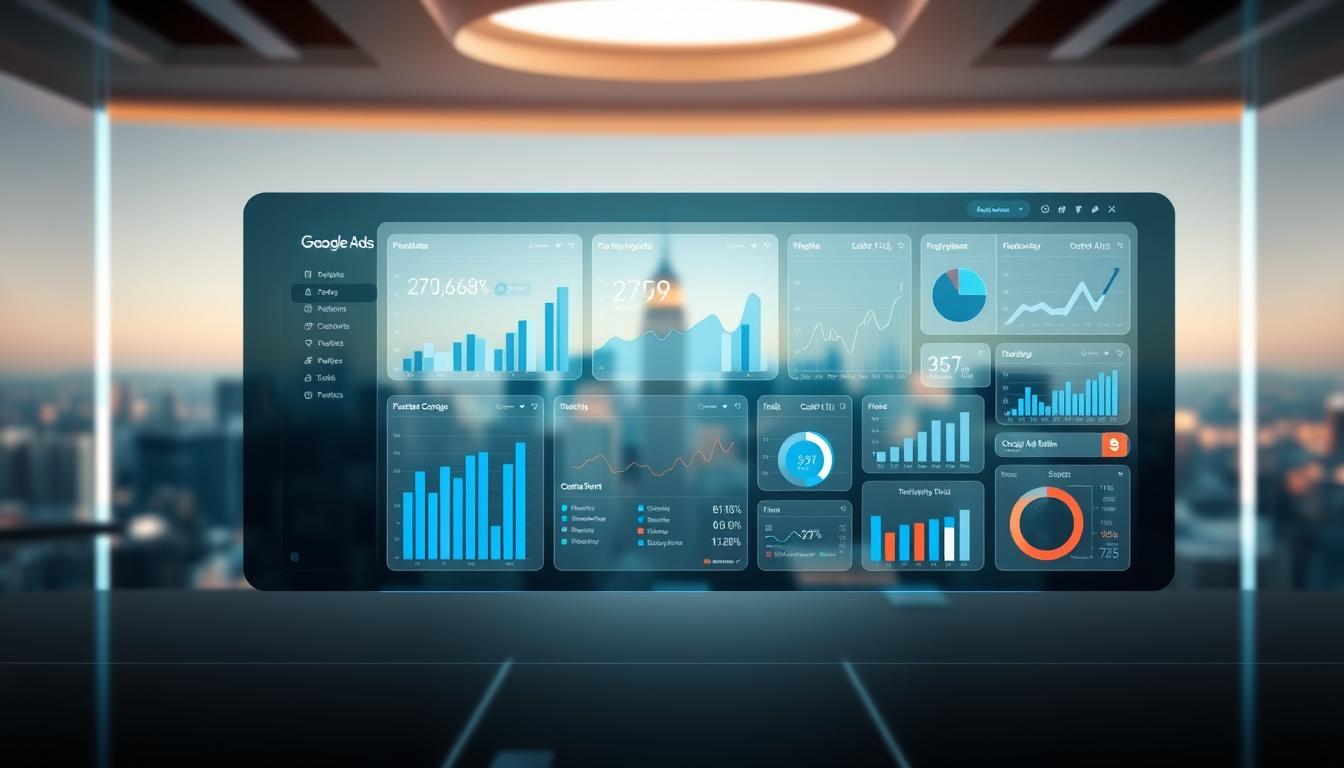The digital advertising landscape is more competitive than ever, making PPC performance benchmarks an essential guide for businesses looking to maximize their conversion rate and optimize ad spend. As search engine algorithms, consumer behaviors, and bidding technologies evolve, advertisers must stay ahead by understanding conversion rate trends, industry benchmarks, and platform-specific insights.
In 2025, PPC campaigns demand more than just clicks—they require precise targeting, AI-driven optimization, and conversion-focused landing pages to ensure that businesses are not just attracting traffic but converting it into paying customers, leads, and engagement. The average PPC conversion rate varies widely depending on the industry, platform, and ad format. Understanding these variations helps businesses set realistic expectations, refine bidding strategies, and allocate budgets efficiently.
With insights from WiFi Digital, a leader in PPC strategy and performance marketing, this guide explores 2025 PPC performance benchmarks for conversion rate optimization. Through industry comparisons, AI-driven automation trends, and advanced audience targeting strategies, businesses can enhance conversion rates, reduce cost-per-acquisition (CPA), and drive sustainable growth.
Understanding 2025 PPC Conversion Rate Benchmarks by Industry
PPC conversion rates are influenced by multiple factors, including industry competition, audience intent, and platform effectiveness. The average PPC conversion rate across all industries in 2025 ranges between 3.5% and 5.2%, but this number varies significantly based on sector-specific performance trends.
E-commerce businesses typically experience conversion rates between 2.9% and 4.1%, depending on the use of AI-powered recommendation engines, retargeting ads, and streamlined checkout processes. Retail brands leveraging Google Shopping Ads and Facebook Dynamic Ads often outperform those relying solely on standard search campaigns. In contrast, finance and insurance industries maintain higher PPC conversion rates, averaging 5.2% to 9.8%, as users searching for financial solutions tend to have higher purchase intent.
The B2B sector, with its longer sales cycles, often sees lower conversion rates, averaging 2.5% to 3.6% for Google Ads search campaigns, while LinkedIn Ads for B2B lead generation typically convert between 1.9% and 2.8%. However, businesses implementing account-based marketing (ABM) and LinkedIn retargeting strategies can achieve 40% higher conversion rates than standard PPC approaches.
For industries like legal services, where high-intent search queries dominate, conversion rates exceed 6.1%, making PPC one of the most cost-effective acquisition channels. Similarly, healthcare and medical PPC campaigns maintain strong conversion performance, ranging between 4.3% and 5.8%, as consumers actively seek trusted service providers.
Understanding these industry-specific benchmarks allows advertisers to compare their performance, identify weak spots, and adjust their PPC strategies accordingly.
AI-Powered Bidding Strategies and Their Impact on PPC Conversion Rates
Automation and machine learning have transformed PPC advertising, with AI-powered bidding strategies playing a crucial role in maximizing conversions while maintaining cost efficiency. Platforms like Google Ads, Meta Ads, and Microsoft Advertising have fully integrated AI-driven bid management, allowing advertisers to optimize campaigns with minimal manual adjustments.
One of the most effective automated bidding strategies in 2025 is Target CPA (Cost-Per-Acquisition), where Google Ads adjusts bids dynamically to ensure the advertiser achieves conversions at the lowest possible cost. Businesses using Target ROAS (Return on Ad Spend) also experience significant performance improvements, as Google’s AI allocates budget toward higher-value customer segments, increasing conversion rates while maintaining profitability.
AI-powered bidding is also revolutionizing remarketing and audience expansion strategies. Google’s Performance Max campaigns, which optimize across Search, Display, YouTube, and Shopping Ads, have led to a 28% increase in conversion rates for advertisers integrating AI-driven audience insights. Similarly, Facebook’s Advantage+ Shopping Campaigns have helped e-commerce brands optimize product feed ads, resulting in 22% higher conversion efficiency.
By leveraging real-time AI bidding adjustments, historical conversion data, and predictive analytics, businesses can ensure that their PPC campaigns adapt to consumer behavior shifts while maximizing return on investment.
The Importance of Landing Page Optimization for Higher PPC Conversions
A well-optimized landing page is the foundation of a high-performing PPC campaign. Even if ads attract highly qualified traffic, a slow, poorly designed, or unoptimized landing page can drastically reduce conversion rates. In 2025, Google’s Core Web Vitals continue to influence PPC performance, making page speed, mobile responsiveness, and user experience essential for conversion success.
Research shows that a 1-second delay in landing page load time can reduce conversions by 7%, making speed a top priority for PPC advertisers. Businesses using AMP (Accelerated Mobile Pages) and server-side rendering (SSR) technologies have seen conversion rates improve by 35% due to faster load speeds and smoother mobile experiences.
Another critical aspect of landing page optimization is message alignment. A disconnect between ad copy and landing page content can lead to high bounce rates and wasted ad spend. If an ad promises “50% off first-time purchases,” the landing page should immediately reinforce the same offer with clear messaging and a well-placed CTA.
Personalization is also a game-changer in 2025. AI-powered tools enable businesses to dynamically adjust landing page headlines, CTAs, and product recommendations based on user behavior, increasing engagement and conversion rates. By continuously testing and refining landing page elements, businesses can optimize their PPC funnel for maximum conversions.
Cross-Platform PPC Performance Benchmarks and Best Practices
Each PPC platform offers unique targeting capabilities and audience behaviors, affecting conversion rate benchmarks. While Google Search Ads often yield the highest conversion rates due to high-intent queries, social platforms provide valuable brand awareness and retargeting opportunities.
In 2025, Google Search Ads maintain an average conversion rate of 3.5% to 5.2%, with top-performing industries exceeding 6%. Meanwhile, Google Display Network (GDN), used primarily for brand awareness and retargeting, converts at a lower rate of 0.8% to 1.4%.
On social platforms, Facebook Ads generate conversion rates between 2.3% and 3.8%, with e-commerce brands leveraging Facebook Dynamic Ads achieving the highest success. Instagram Ads, known for high engagement but lower intent, convert between 1.9% and 3.4%.
LinkedIn Ads, targeting B2B professionals, convert between 1.9% and 2.8%, while Microsoft Ads (Bing Ads) deliver higher conversion rates of 5% to 6.3%, particularly for finance and B2B markets where competition is lower than on Google.
By understanding how different PPC platforms perform, advertisers can strategically allocate budgets, optimize audience targeting, and refine their ad creatives to maximize conversions.
Continuous Conversion Rate Optimization Using PPC Data Insights
To maintain high PPC conversion rates, businesses must embrace continuous optimization through data-driven decision-making. AI-powered analytics, A/B testing, and multi-touch attribution allow advertisers to identify areas for improvement and implement refinements in real time.
Some of the best practices for ongoing PPC conversion rate optimization include:
- A/B Testing of Ad Variations to determine the most effective headlines, CTAs, and creatives.
- Landing Page Heatmap Analysis to identify where users drop off and optimize UX for better conversions.
- AI-Driven Bid Adjustments to focus budget on high-converting audiences.
- Cross-Channel Attribution to track the full customer journey across Google Ads, social media, and programmatic advertising.
By leveraging real-time performance data, predictive analytics, and advanced automation, businesses can sustain high PPC conversion rates while reducing costs and increasing ROI.
As PPC advertising evolves in 2025, businesses must align their strategies with industry benchmarks, AI-powered automation, and data-driven optimizations. By leveraging advanced bidding strategies, audience segmentation, and landing page enhancements, advertisers can increase conversion rates, improve efficiency, and maximize ROI.
With WiFi Digital’s expertise in PPC conversion rate optimization, businesses can refine their Google Ads and paid media strategies for long-term growth. Now is the time to analyze performance, optimize ad spend, and implement AI-driven PPC strategies for maximum results. 🚀
Scaling PPC Performance with Predictive Analytics and AI-Driven Insights
The future of PPC campaign management lies in predictive analytics and AI-powered insights, which allow advertisers to make proactive adjustments instead of relying on reactive campaign tweaks. With machine learning algorithms analyzing vast datasets in real-time, businesses can anticipate conversion trends, detect inefficiencies, and optimize campaigns for peak performance.
Predictive analytics in Google Ads and Meta Ads uses historical conversion data to forecast which audiences, bid strategies, and ad creatives will yield the highest return. By integrating AI-driven forecasting models, advertisers can automatically adjust bids, allocate budget to top-performing segments, and reduce wasteful spending.
One of the most effective applications of predictive analytics in PPC is automated audience segmentation. AI-powered tools analyze behavioral patterns, past conversion actions, and engagement metrics to identify high-intent users. These audiences can then be targeted with personalized ad experiences that align with their past interactions, leading to higher conversion rates and lower CPA.
Another breakthrough in AI-driven PPC optimization is real-time sentiment analysis, which evaluates audience reactions to ads, landing pages, and CTAs. AI can assess social engagement, search behavior, and click-through trends to determine which ad variations resonate most with users, allowing advertisers to adapt their messaging before performance declines.
By leveraging predictive analytics, machine learning-driven bidding, and dynamic audience segmentation, businesses can ensure that their PPC campaigns consistently outperform competitors while maintaining a strong conversion rate.
Enhancing Retargeting Strategies to Boost PPC Conversion Rates
One of the most effective ways to increase PPC conversion rates is through advanced retargeting strategies, ensuring that potential customers who didn’t convert on their first visit are re-engaged with relevant ads. In 2025, remarketing campaigns are no longer just about serving the same ads repeatedly—they must be intelligent, behavior-based, and personalized.
Modern AI-powered retargeting identifies users at different stages of the conversion funnel and tailors ad content accordingly. For instance, a user who browsed a product page but didn’t add it to the cart should see a retargeting ad featuring customer reviews and a discount incentive, while someone who abandoned checkout may receive an ad emphasizing secure payment options and free shipping.
Dynamic remarketing campaigns, available through Google Ads and Meta Ads, take personalization even further by displaying specific products or services users previously viewed. Studies show that dynamic remarketing increases conversion rates by up to 70% compared to standard remarketing campaigns. By leveraging AI-powered creative testing, businesses can ensure that each ad variation is optimized for engagement and conversions.
Cross-channel remarketing is also essential in 2025, as consumers interact with brands across multiple touchpoints—search engines, social media, and email marketing. Advertisers who integrate Google Display Network retargeting with Facebook and LinkedIn remarketing ads see an increase in brand recall and lead conversion rates. Businesses implementing multi-touch attribution models can accurately measure which retargeting channels contribute most to final conversions, enabling them to allocate budget efficiently for maximum ROI.
By refining audience segmentation, using AI-powered dynamic remarketing, and integrating cross-channel retargeting, businesses can significantly increase PPC conversion rates and improve campaign efficiency.
Optimizing Ad Creatives and Messaging for Maximum Conversions
While bidding strategies and audience segmentation play a crucial role in PPC performance, ad creatives and messaging are equally important for driving conversions. The most successful PPC campaigns in 2025 rely on AI-driven creative optimization, personalized messaging, and A/B testing to ensure higher engagement and conversion rates.
One of the most impactful advancements is AI-powered ad copywriting, which uses machine learning to analyze past performance data and suggest optimized headlines, descriptions, and CTAs. Google’s Responsive Search Ads (RSAs) already leverage AI to dynamically test multiple headline and description variations, selecting the best-performing combinations based on real-time engagement metrics.
Personalization remains a key driver of higher PPC conversion rates, with businesses using dynamic ad insertion (DAI) to tailor ad copy based on user intent, search history, and past interactions. For example, a search ad for “best laptops for graphic design” should highlight performance specs and creative software compatibility, rather than a generic product promotion.
Another breakthrough in PPC creative optimization is the integration of video ads and interactive content. Video ads now account for a growing percentage of Google Display and YouTube advertising, with studies showing that video-based PPC campaigns generate up to 45% higher conversion rates than static display ads. Interactive ads, such as swipeable product carousels and gamified promotions, further enhance engagement and lead generation.
By continuously testing, optimizing, and personalizing ad creatives, businesses can ensure that their PPC ads capture attention, drive engagement, and convert leads more efficiently.
Scaling PPC Campaigns While Maintaining a Strong Conversion Rate
As businesses scale their PPC advertising efforts, maintaining a high conversion rate becomes more challenging. Scaling too quickly without proper optimization can lead to increased CPA, budget inefficiencies, and audience fatigue. To achieve sustainable PPC growth, businesses must strategically expand their reach while refining ad performance.
One of the most effective scaling strategies is geographic expansion, where businesses test new markets with controlled budget increases. AI-powered geo-targeting enables advertisers to identify high-performing regions and adjust bids based on location-based conversion data. Businesses that expand strategically—rather than blindly increasing ad spend—maintain higher conversion rates while minimizing acquisition costs.
Diversifying PPC platforms is another crucial scaling technique. While Google Ads dominates paid search, businesses that integrate Microsoft Ads, LinkedIn, and TikTok advertising into their strategies often see lower competition and higher engagement rates. Microsoft Ads, for instance, deliver a 5%–6.3% conversion rate, often outperforming Google in B2B and financial services.
Scaling PPC campaigns also requires budget reallocation based on performance data. Advertisers should continuously analyze which ad sets, keywords, and audience segments generate the highest ROAS and shift budgets accordingly. AI-driven smart budget allocation tools ensure that high-performing campaigns receive more investment, while underperforming ads are automatically paused or adjusted.
By scaling strategically, diversifying ad platforms, and leveraging AI-powered budget optimization, businesses can achieve sustained PPC growth while preserving a strong conversion rate.
The PPC advertising landscape in 2025 is more advanced and competitive than ever, requiring businesses to embrace AI-driven automation, predictive analytics, and cross-channel marketing to stay ahead. By understanding conversion rate benchmarks, refining bidding strategies, optimizing ad creatives, and enhancing landing page experiences, advertisers can maximize conversion rates, lower CPA, and increase overall PPC profitability.
With WiFi Digital’s expertise in PPC conversion rate optimization, businesses can implement data-driven PPC strategies that ensure long-term growth, high ROI, and sustained market leadership. Now is the time to audit PPC performance, leverage AI-powered insights, and refine ad campaigns for maximum impact. 🚀
WiFi Digital: Connecting Businesses to the Digital Future
In today’s fast-paced world, where a strong digital presence is essential for business growth, WiFi Digital emerges as a strategic partner for small and medium-sized businesses (SMBs). Founded in 2023 and based in London, Ontario, the company has a clear mission: to provide affordable, high-quality solutions that help businesses thrive online. With an experienced and passionate team, WiFi Digital goes beyond simply creating websites and marketing strategies. Its purpose is to empower entrepreneurs, strengthen brands, and give clients more free time to focus on what truly matters – growing their business and improving their quality of life.
WiFi Digital develops websites that authentically and professionally represent your brand, optimizes systems and digital marketing strategies to enhance visibility and return on investment (ROI), and offers affordable, customized solutions, ensuring that businesses of all sizes have access to effective growth tools. With transparency, partnership, and innovation, the company provides each client with the necessary support to achieve real results.
Business digitalization is not just about numbers or metrics. It directly impacts entrepreneurs’ well-being, bringing more organization, efficiency, and freedom to focus on what truly matters. WiFi Digital understands that by investing in digital solutions, businesses gain time, reduce operational stress, and create opportunities to connect better with their customers. A well-structured online presence not only increases sales but also strengthens the public’s trust in the brand.
Beyond technical expertise, WiFi Digital’s key differentiator is its commitment to people. The company values genuine relationships, creates tailored strategies, and works side by side with clients to ensure that every solution meets their specific needs. If you’re looking to boost your brand, attract more customers, and still have more time to focus on what truly matters, now is the time to act!
💡 Transform your digital presence with experts who understand your needs.
📩 Contact us now: contact@wifidigital.ca
🌍 Learn more: www.wifidigital.ca
🚀 Your growth starts here!



